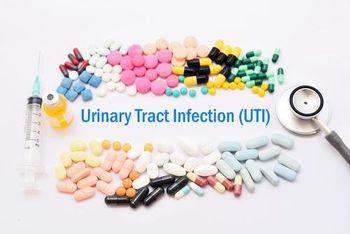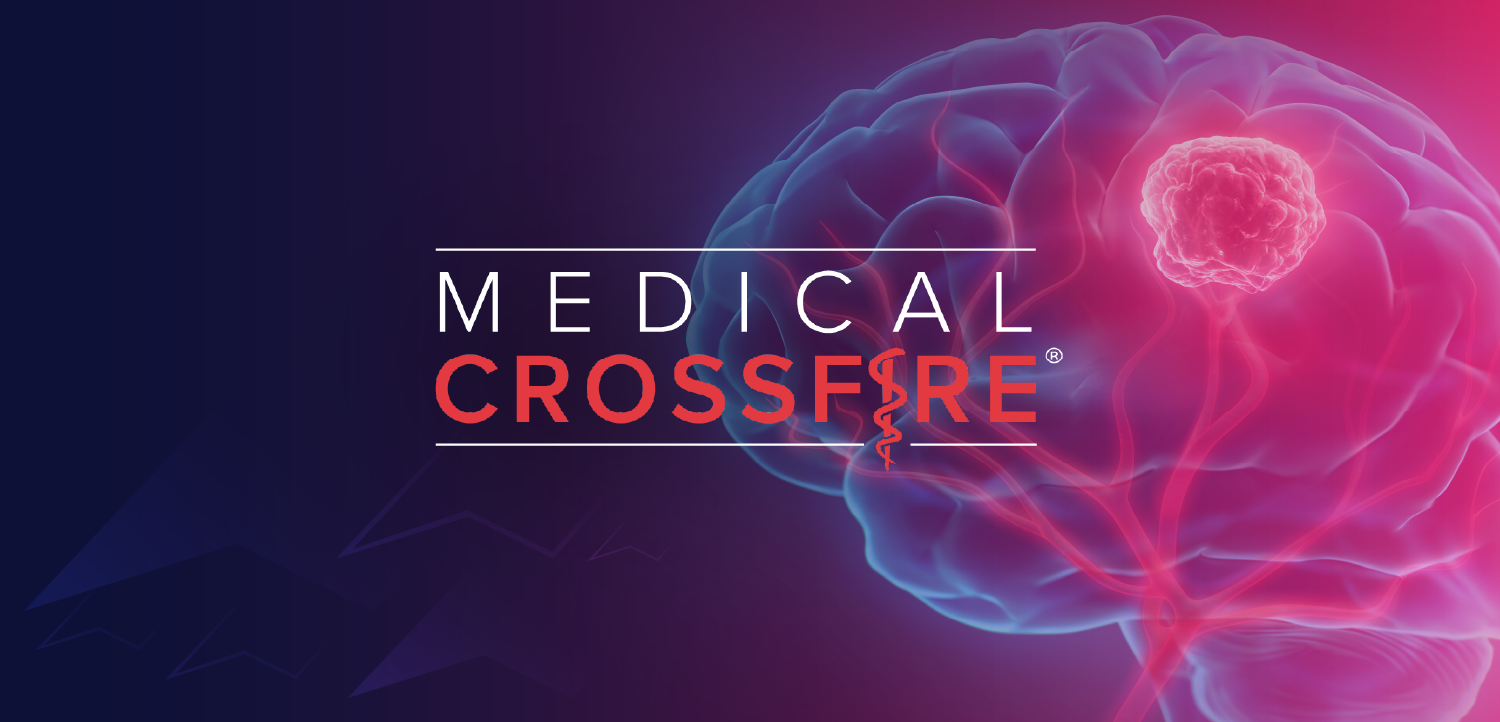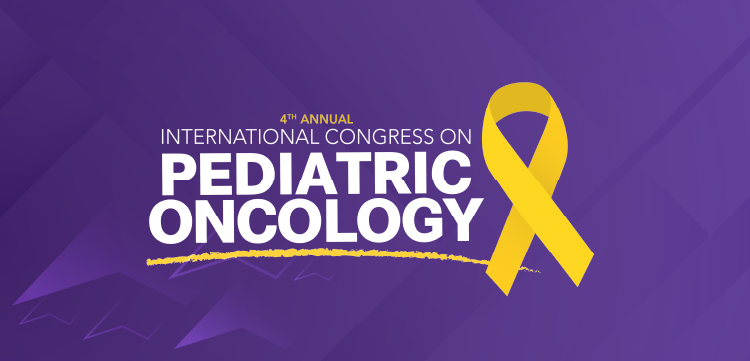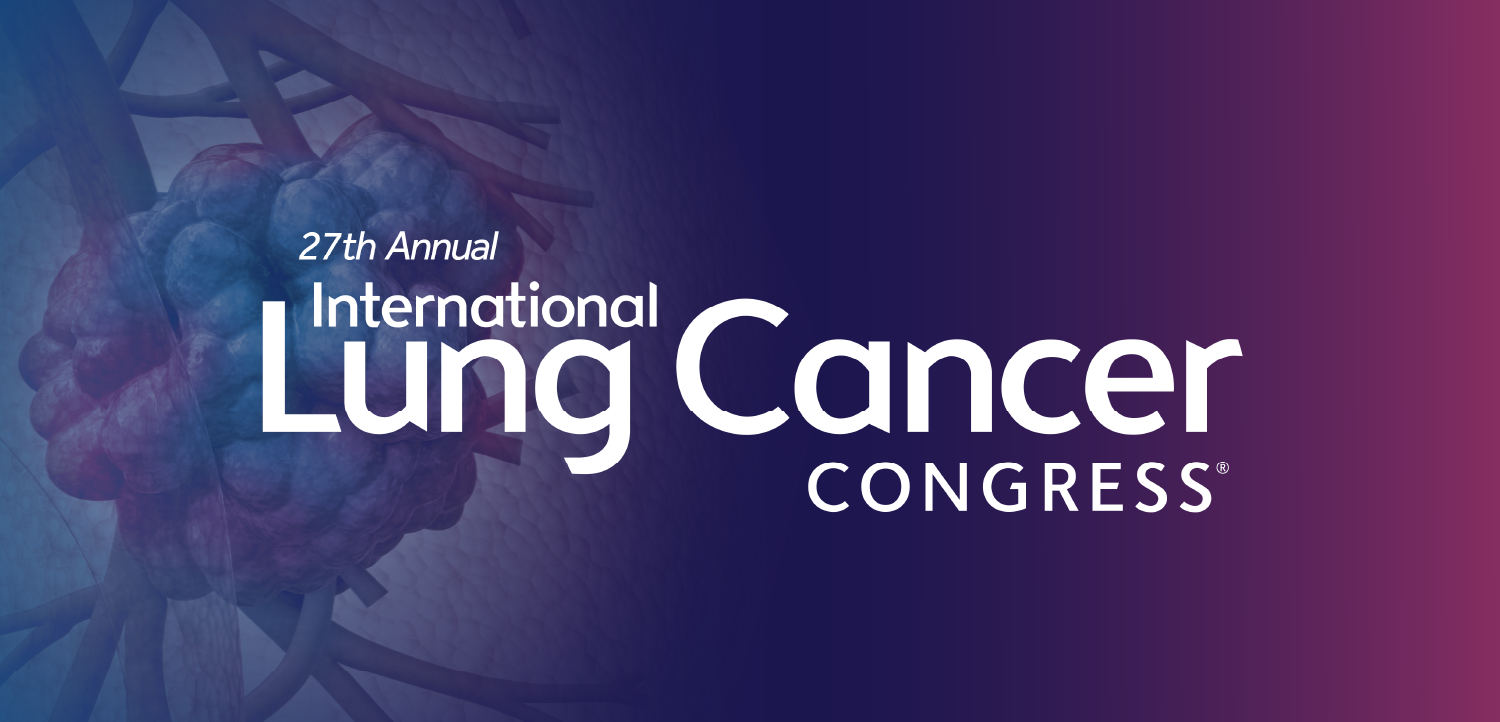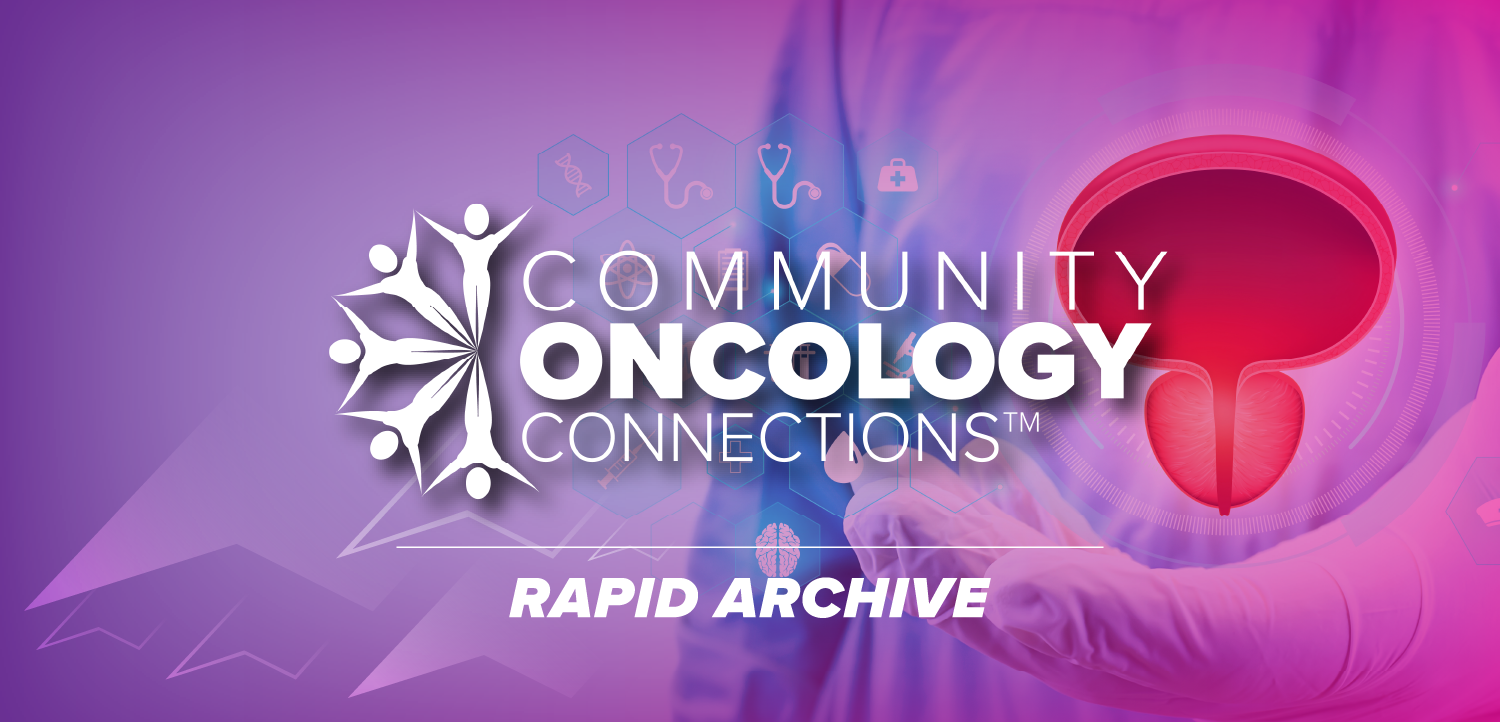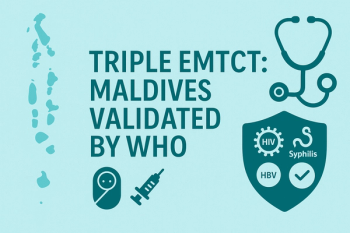
Infectious Disease: The Dark Passenger on a Ride Along With Opioid Addiction
Infections associated with injection drug misuse are on the rise—here's why we need to pay attention.
The opioid crisis the United States has challenged us in ways we simply didn’t expect. As public health, public policy, drug enforcement, and health care officials work to stop the opioid crisis in the United States, we’re learning more about the unexpected repercussions of addiction. One of these outcomes, it turns out, is a surge in infectious diseases.
Drug overdose is now the
Given these high rates of opioid use and death, it’s not surprising that this patient population would also be at risk for infectious diseases and, as a result, many in the medical community are pushing for the issue to be seen as an infectious disease threat. The move from oral opioid use to injection use is 1 that carries an
For many of us working in health care, the spike in bacterial infections seen in injection-site wounds is not surprising, but things can quickly deteriorate. In
One example is the study of microbiologist Cecilia Thompson from the University of North Carolina in Chapel Hill, in which she discusses the increased prevalence of S aureus in diseased heart valves of individuals who inject drugs versus those who do not. Her findings helped recognize a 13-fold increase in heart infections in those patients with drug addiction in North Carolina.
“In response to these results, researchers are devising ways to improve the diagnosis and treatment of infections—whether they’re bacterial, viral, or fungal—in opioid users. Identifying the pathogen that is causing an infection is crucial to treating it properly,” writes Sara Reardon in an article in
From soft tissue to bloodstream infections, the abuse and misuse of drugs, especially injection drugs, amplifies the risk for infections. Many investigators are now turning to the social components of these outbreaks, working with epidemiologists and lessons learned from the HIV epidemic and applying it to help save lives today. Outbreak modeling is being used to incorporate those social components, like needle sharing and concentration of users, but one of the hardest challenges to overcome is the stigmatizing of people who misuse drugs.
We must collectively work to help educate health professionals and integrate awareness into daily practice.
Newsletter
Stay ahead of emerging infectious disease threats with expert insights and breaking research. Subscribe now to get updates delivered straight to your inbox.



